Software localization is a complex task. All you need is a great tool to simplify the process!

Have you ever gotten into trouble while you were managing multiple localizations inside your application? Creating localized content is a double-edged sword: while it might be the key to enter a new market; it also has the potential to ruin all your business efforts when done wrong.
When it comes to translating a software product into other languages, there are a few common problems that we usually encounter:
- hard to find a platform where people concerned with the task (e.g. software developers, managers, translators, QA specialists) can effectively collaborate
- translators don’t have any context about what they are translating, expansion of text causes unexpected UI layout bugs
- converting different file formats requires manual work from developers, their chances of missing out on something are relatively high
- things can really get messy due to the lack of process automation and transparency
- agile software release cycles and translation deadlines are out of sync
Generally speaking, the deeper you go into software localization, the more problems arise which must be solved. Even if you live by the rules and keep everything well-organized, it’s still likely your team will encounter difficulties somewhere along the way.
In case you haven’t seen our previous blog posts, Respresso is a brand-new tool that offers specific solutions to problems associated with digital asset management. In this article, we are going to focus solely on localization features. If you are curious about the whole concept, our first blog post will give you a good understanding of Respresso’s full capabilities.
1. Find a platform to connect the dots
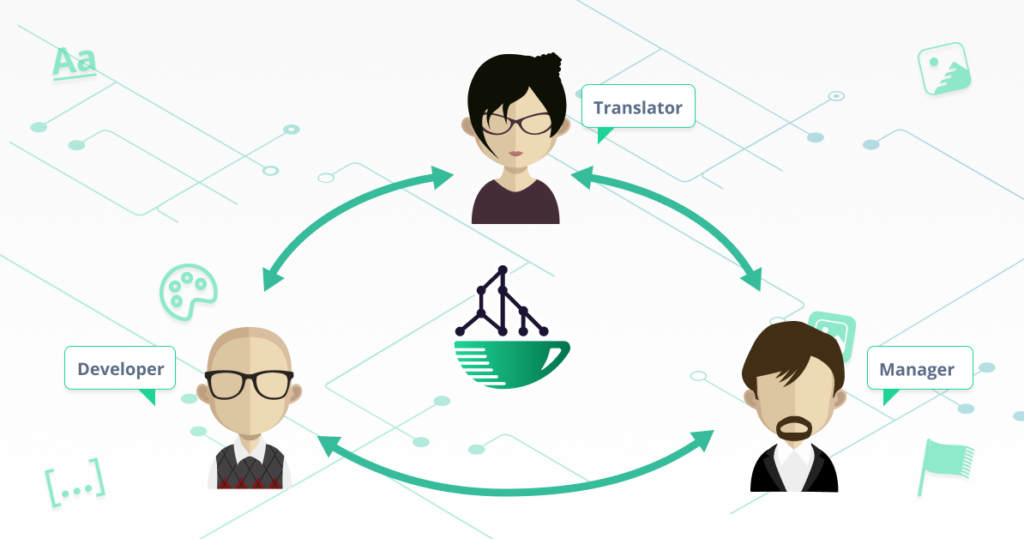
Software internationalization requires collaboration between people from different parts of a company, not to mention smaller businesses and startups where translation-related tasks are usually outsourced. How can they connect the dots with Respresso to make sure they collaborate as a team and their productivity will not suffer?
Above and beyond managing digital assets, Respresso is primarily designed to fill the gap between developer tools and team collaboration software. Instead of wasting your time on finding out how to synchronize the work of different teams, Respresso gives you a great platform solution where teams can collaborate in a seamless and transparent way.
After importing the original text sources (supported file extensions: .json, .xml, .strings), translators can start localizing the content with the help of a handy user interface. What if the manager wants to have a quick look at the team’s progress? Absolutely no problem! You just need to send out an invitation and let other people join and share their ideas.
2. Context is the key – Live Localization
To avoid confusion, you must provide as much context as possible ensuring translators will understand the specific use cases. This step usually requires sending out screenshots and wireframes to help them visualize your actual content.
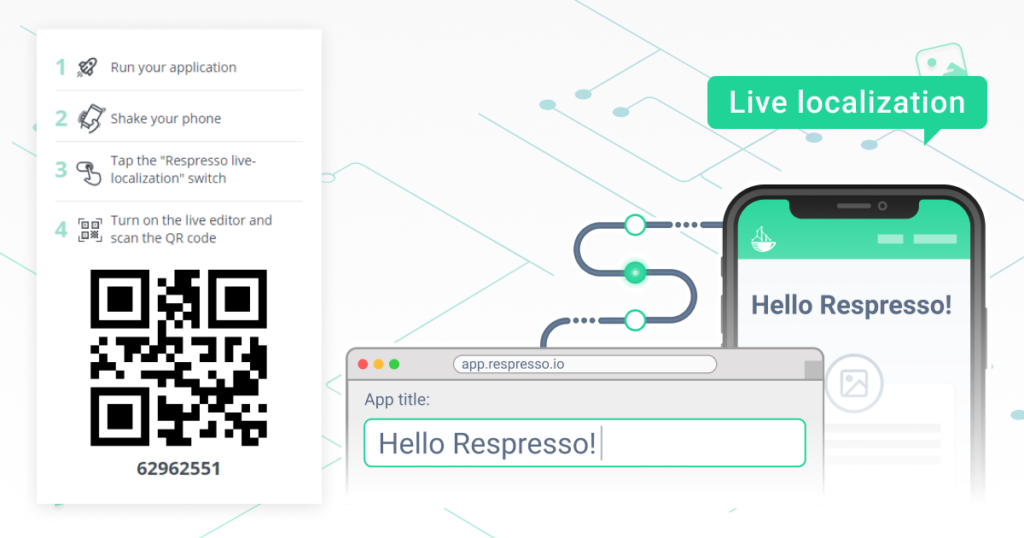
Respresso has a built-in Live Localization tool that enables users to connect their devices and watch a live preview of the translations in the actual software. With this amazing feature, translators can also check on how content is going to appear on the screen and prevent user interface bugs caused by the unforeseen expansion of text sources.
By using Respresso Localization Editor, you will be able to add short descriptions to out-of-context string values. Translators will find these comments useful and you can also provide them with additional information about the available space on the UI or important character limitations.
3. Distribution is the key – Automated file conversion
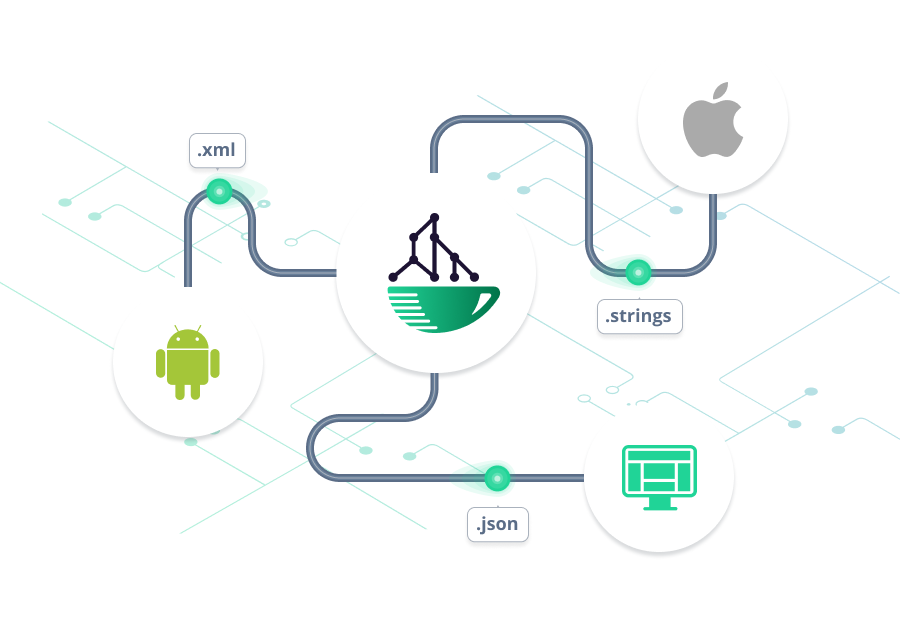
In the previous sections, you read about the advantages of using Respresso as a collaboration software where developers, managers, and translators can work together in a transparent way. What if you are already enjoying the benefits of a digital collaboration tool, but you still need to get your hands dirty converting translation files to platform-specific formats? Is there a better way instead of using online converter tools for JSON to XML conversion and vice versa?
Along with other types of digital assets (e.g. images, icons, colors, fonts), Respresso is also capable of converting and distributing translation files between the varieties of application platforms (iOS, Android, Web). Developers can finally lean back in their chairs while automated file conversion tasks are getting completed in the background. With the help of automation, they can eliminate tedious manual processes and their productivity will increase.
4. Take advantage of auto-updated translations
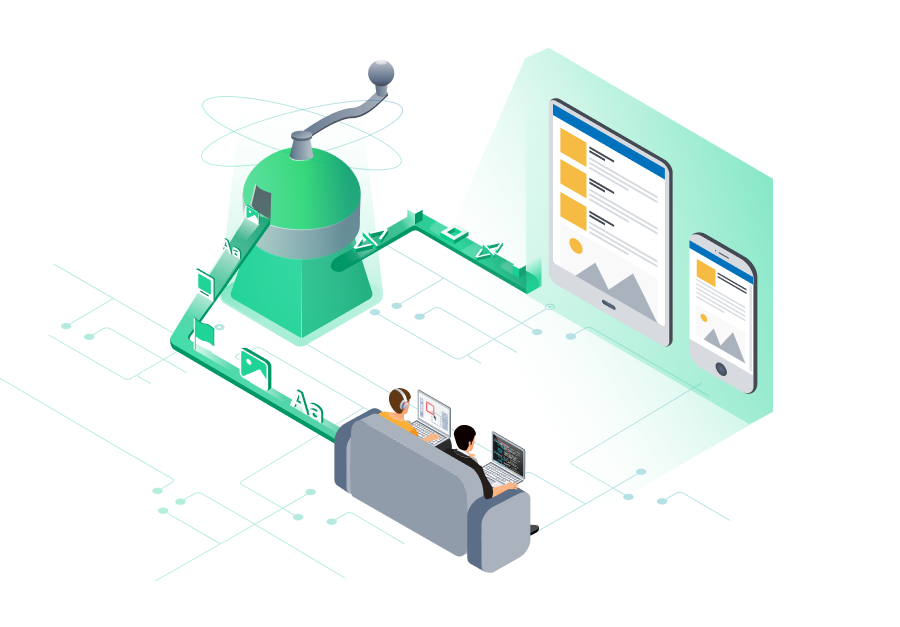
As an industry standard, modern software businesses are using continuous deployment, which basically means a fully automated software release process without human intervention. With the help of automated deployment scripts and CI/CD tools, developers are now able to see their code go live minutes after the last change. Reading this you might ask yourself what if translators could directly add localized content to the software, but more importantly, whether it is possible without the much-needed extra step of evolving at least one busy developer.
To find the missing piece from the puzzle, we would highly recommend you to check out Respresso Integration features. With no more than just a few lines of code, you’ll be able to synchronize your asset files and enjoy the benefits of auto-updated translations at build time. In other words, if you are using autonomous deployment strategies or CI/CD tools, translated files and other digital assets will be updated and synchronized by Respresso as part of the build process.
Good news is that we already provided you with the scripts so it won’t take too much effort to select your platform then copy & paste the necessary code snippets!
? You can find more information about integration and platform specific solutions on our GitHub.
5. Track your progress and upgrade asset versions
As I mentioned earlier, agile software release cycles don’t get along well with translation processes. A lot of times localized content will stay well-behind the app’s current version and it takes enormous effort to keep translators in sync with a hectic release schedule. It also appears that supporting multiple versions of your app can cause a lot of trouble when assets – especially translation files – have not been properly versioned.
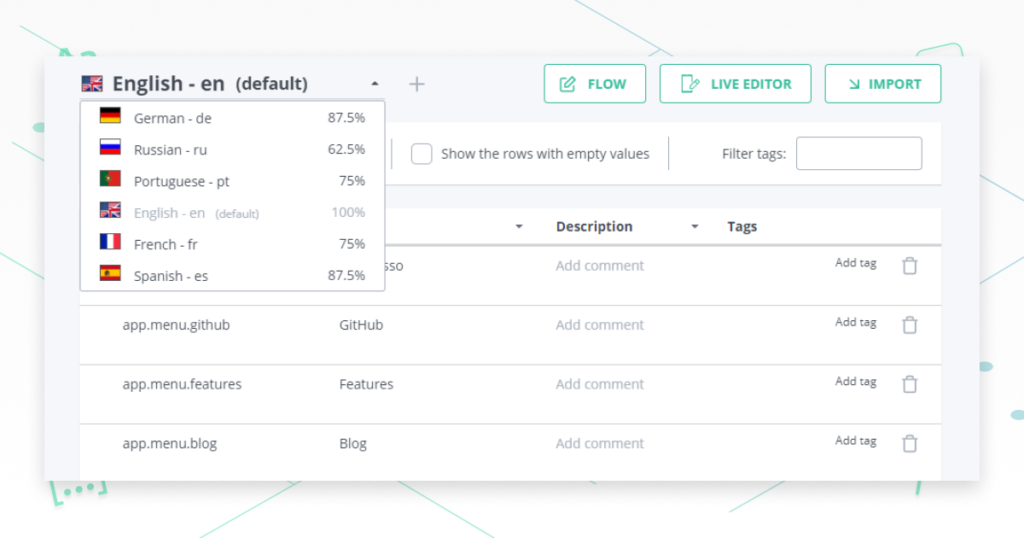
In order to see internationalization progress across different target areas, Respresso provides you with a progress indicator on the UI. Checking these numbers regularly might come in useful if you want quick feedback on the app’s localization status. Respresso Localization Editor has other handy features: with a single click of a button, for example, you can select rows with missing values, which will help you to avoid displaying non-translated content.
Last but not least, a few words on asset versioning. Respresso comes with versioning feature, which enables us to create different versions of assets and connect them to major releases of our software. You can easily lock your asset’s version and reuse it later, eg. in case of an emergency deployment or rollback situation where you need an older version of your static files.
To summarise, software localization is a complex task where different teams are involved. Finding a collaboration platform can insure that team members will contribute to each other’s work and it can also have a huge impact on your project’s overall quality and software maintainability.
In this article, we took a closer look at Respresso Localization features, but in case you are curious about other interesting aspects of using a digital collaboration tool, feel free to follow us! We will try our best to keep you updated with new features.
Thanks for reading!


